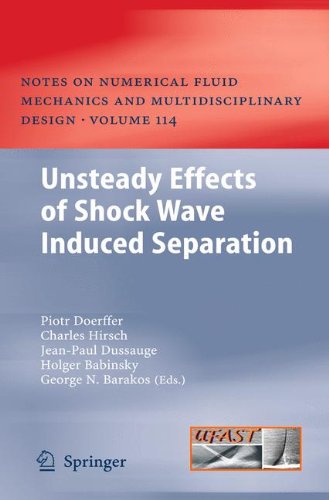

Most ebook files are in PDF format, so you can easily read them using various software such as Foxit Reader or directly on the Google Chrome browser.
Some ebook files are released by publishers in other formats such as .awz, .mobi, .epub, .fb2, etc. You may need to install specific software to read these formats on mobile/PC, such as Calibre.
Please read the tutorial at this link: https://ebookbell.com/faq
We offer FREE conversion to the popular formats you request; however, this may take some time. Therefore, right after payment, please email us, and we will try to provide the service as quickly as possible.
For some exceptional file formats or broken links (if any), please refrain from opening any disputes. Instead, email us first, and we will try to assist within a maximum of 6 hours.
EbookBell Team

0.0
0 reviewsThis volume contains description of experimental and numerical results obtained in the UFAST project. The goal of the project was to generate experiment data bank providing unsteady characteristics of the shock boundary layer interaction. This new data bank should be useful for better understanding of the physical phenomena involved. The experiments concerned basic reference cases and the cases with application of flow control devices. The devices were freely chosen by research groups, depending on their experience. Obtained new data bank was used for the comparison with available simulation techniques, starting from RANS, through URANS and LES. Significant effort was also concentrated on hybrid RANS-LES methods.